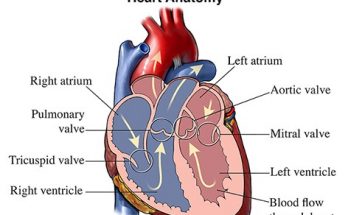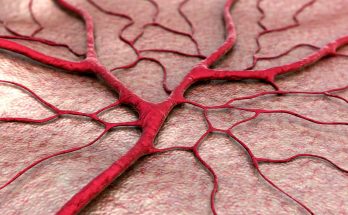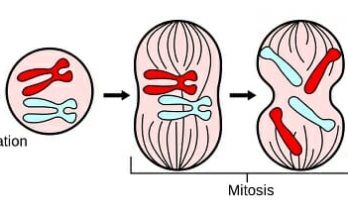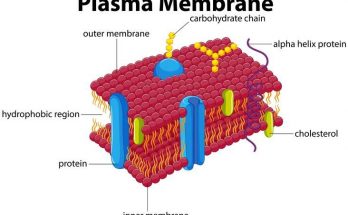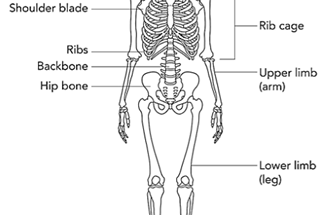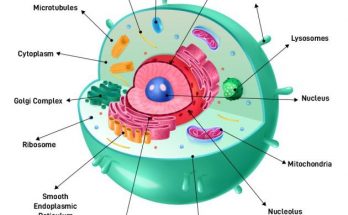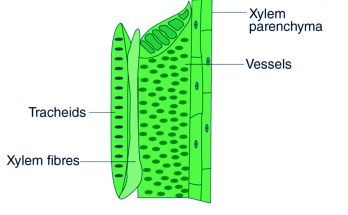
Xylem – Definition , Structure, Components (Types), Functions And Importance
Xylem is a specialized tissue in vascular plants that transports water and minerals from roots to the rest of the plant. It is composed of tracheids, vessel elements, xylem parenchyma, xylem fibers and xylem rays. Water transport is driven by root pressure and transpiration pull. Xylem provides structural support, stores nutrients and transports signaling molecules. Its transport mechanism is a combination of physical and biological factors.
Xylem – Definition , Structure, Components (Types), Functions And Importance Read More